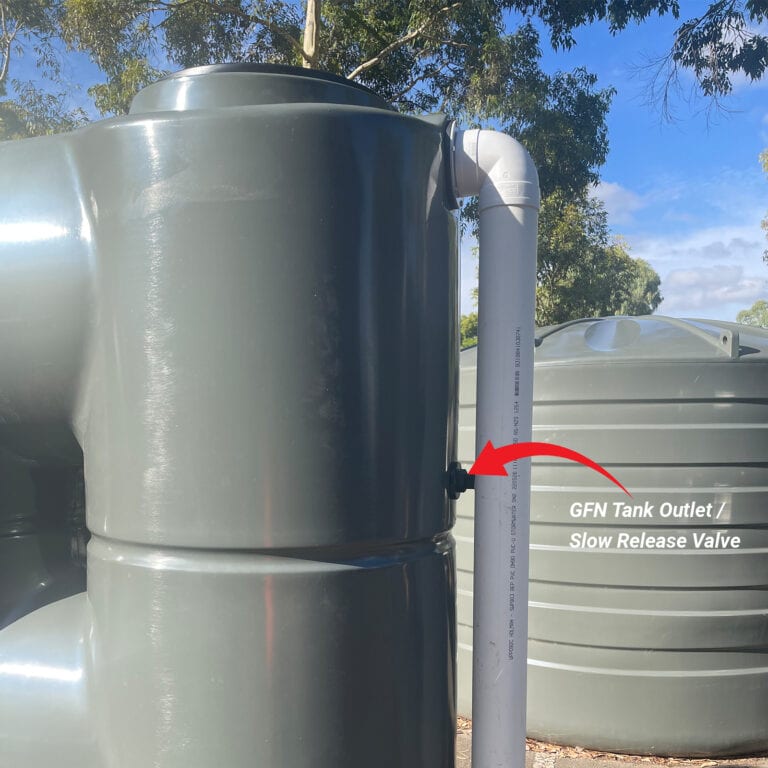Economical Slimline Water Tanks: Enhance Your Rainwater Harvesting
Economical Slimline Water Tanks: Enhance Your Rainwater Harvesting
Blog Article
Understanding the Significance of Rain Containers in Drought-Prone Regions for Water Safety
In regions vulnerable to extended dry spells, the duty of rainwater tanks in boosting water protection is a subject of expanding importance. Rain storage tanks offer as an essential device in mitigating the impact of water lacks by giving a lasting source of water for various needs.
Benefits of Rainwater Containers
Making use of rain containers offers a lasting solution for augmenting water supply and enhancing water security in residential and commercial settings. One of the primary advantages of rain storage tanks is their capability to minimize reliance on mains supply of water. By catching and keeping rainwater that falls on rooftops, this different resource can be utilized for different non-potable purposes such as irrigation, purging bathrooms, and washing clothes. This not just saves treated drinking water yet additionally reduces water bills for users.

Rain Harvesting Techniques
Rainwater collecting techniques include an array of techniques designed to effectively accumulate and keep rainwater for different functions, adding to water preservation and sustainability. One typical method is the installation of roof catchment systems, where rainwater is accumulated from the roofing of a structure and directed to a storage tank. This approach is reasonably straightforward and cost-effective. An additional prominent method is the use of above-ground or underground storage space containers to keep rainwater for later use. These containers can be found in different sizes and materials to match different needs and can be connected to the existing pipes system for simple gain access to.

Additionally, rain yards and permeable sidewalks are ingenious strategies that include landscape design or paving surface areas in a manner that permits rain to percolate into the ground, restoring groundwater books. Additionally, shape farming and terracing are agricultural techniques that aid capture rain and stop soil disintegration in uneven terrain. By applying these varied rain harvesting methods, communities can boost water safety and strength in drought-prone regions while advertising sustainable water management practices.
Relevance of Water Protection
Guaranteeing reliable accessibility to tidy and sufficient water resources is extremely important for sustaining human wellness, financial growth, and ecological health. Water security is a critical aspect of societal resilience, particularly in regions prone to dry spells and water deficiency. Ample water safety incorporates numerous measurements, consisting of schedule, top quality, and access of water for residential, farming, industrial, and environmental needs.
Water safety plays a critical duty in advertising public health and wellness by decreasing the prevalence of waterborne diseases and making certain hygiene centers. Economically, water safety and security is important for farming performance, industrial operations, and overall financial growth. Slimline water tanks. Water security is very closely connected to ecological sustainability, as it sustains ecological communities, biodiversity, and general ecological equilibrium.
In drought-prone regions, water security comes to be a lot more critical as a result of the increased risk of water lacks. Implementing approaches like rainwater harvesting, water recycling, and reliable water management practices can dramatically enhance water protection in these areas. By focusing on water security, neighborhoods can much better endure the influences of environment adjustment, populace growth, and other challenges that intimidate water schedule.
Enhancing Water Resilience
With increasing look what i found international water difficulties, constructing resilience in water systems has come to be an important emphasis for lasting development efforts. Enhancing water durability entails implementing methods to make certain water availability and quality when faced with altering ecological problems, such as droughts, floods, and contamination.
One key aspect of improving water strength is advertising making use of rainwater storage look at these guys tanks in drought-prone areas - Slimline water tanks. Rain containers function as an effective methods of capturing and keeping rain for later usage, lowering reliance on scarce freshwater sources during completely dry durations. By incorporating rainwater harvesting systems into water monitoring plans, neighborhoods can improve their ability to stand up to water deficiency and preserve water security

Lasting Water Preservation
In the middle of rising water challenges, the sensible monitoring of water resources with sustainable conservation techniques is essential for ensuring long-term ecological security and societal well-being. Sustainable water conservation involves the reliable usage of water sources to meet present needs without jeopardizing the capability of future generations to satisfy their very own needs. By applying strategies such as rainwater harvesting, greywater recycling, and water-efficient technologies, communities can minimize water waste and ease stress on freshwater resources.
In addition, lasting water preservation techniques add to ecosystem wellness by keeping ample water degrees in rivers, lakes, and marshes, sustaining biodiversity, and protecting all-natural environments. These techniques likewise play a critical duty in minimizing the influences of environment modification by assisting to adapt to changing rainfall patterns and water schedule.

Conclusion
Finally, rain tanks play a vital role in improving water protection and resilience in drought-prone regions. By using rain harvesting techniques, neighborhoods can reduce their reliance on typical water resources and advertise sustainable water preservation practices. This not only aids reduce the influences of water deficiency throughout droughts but additionally adds to long-term water safety and security and strength in the face of climate change challenges.
Report this page